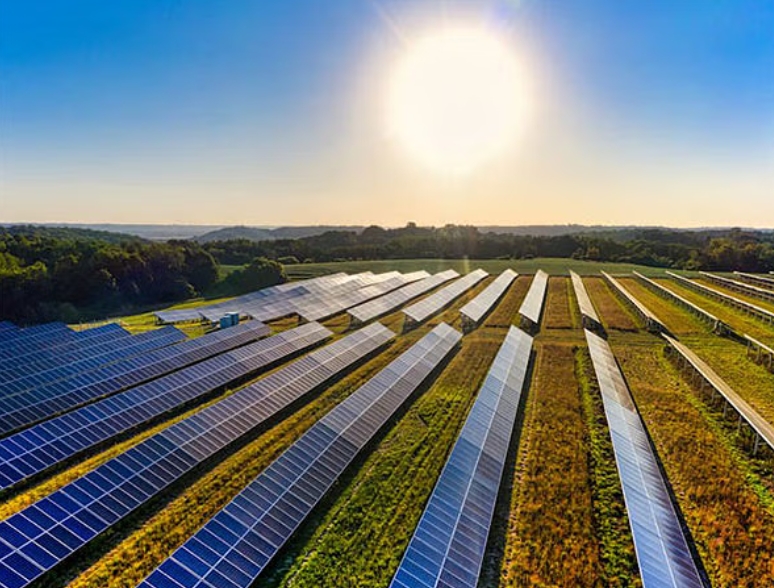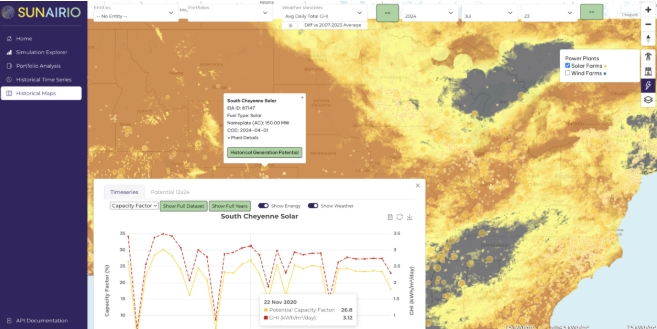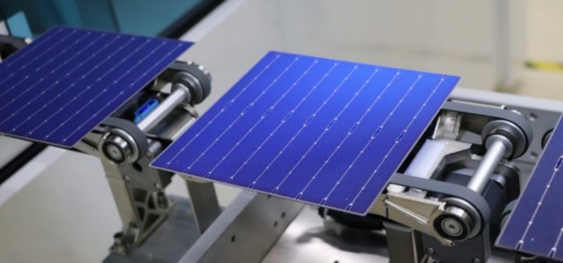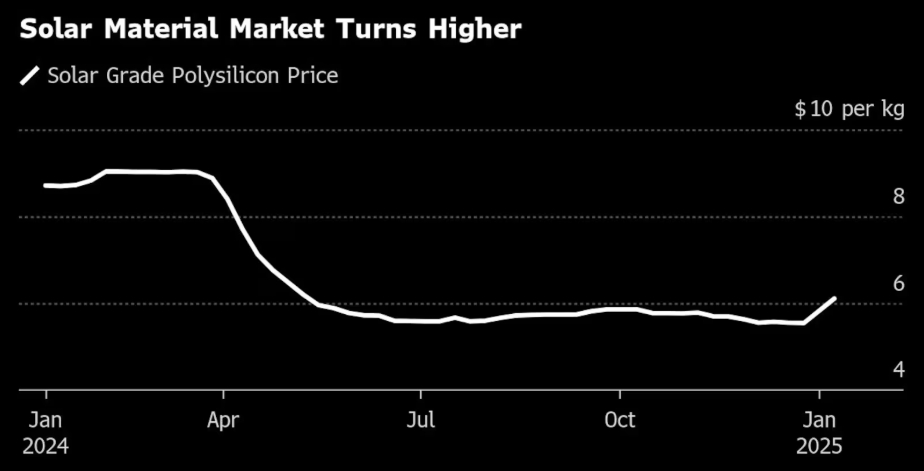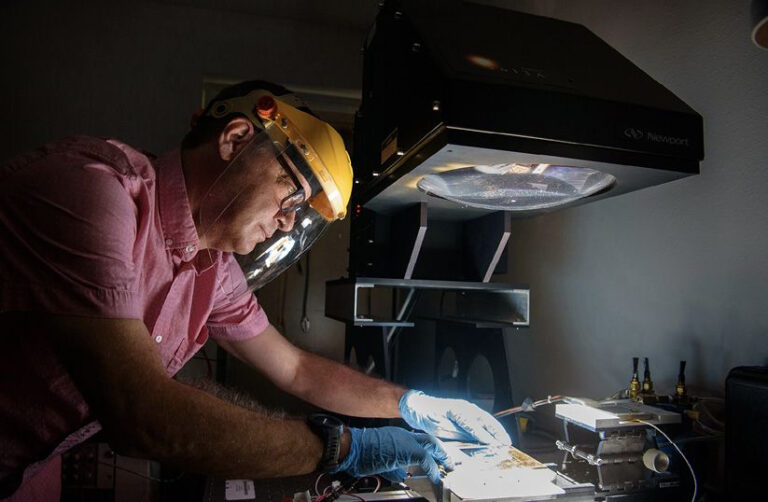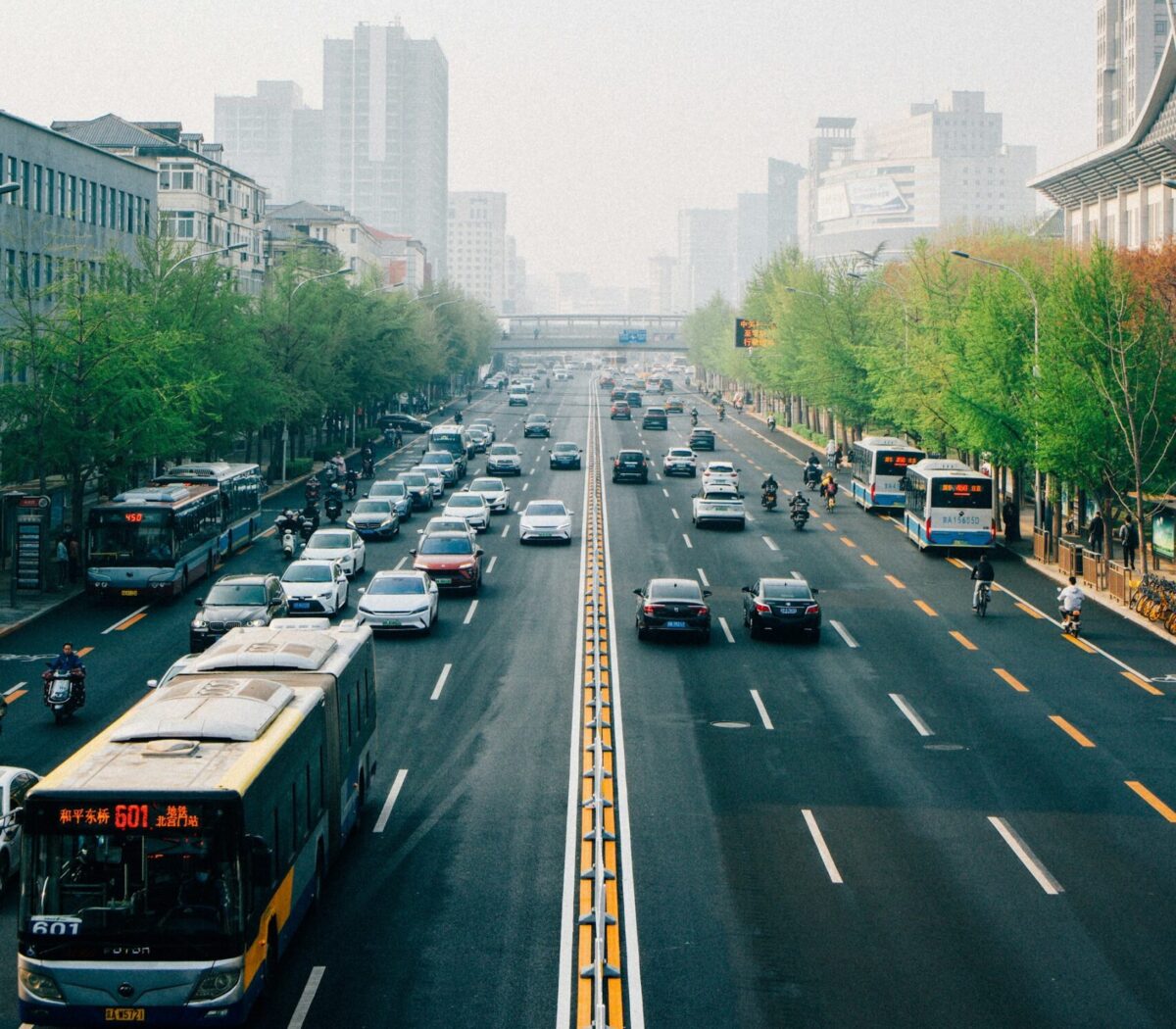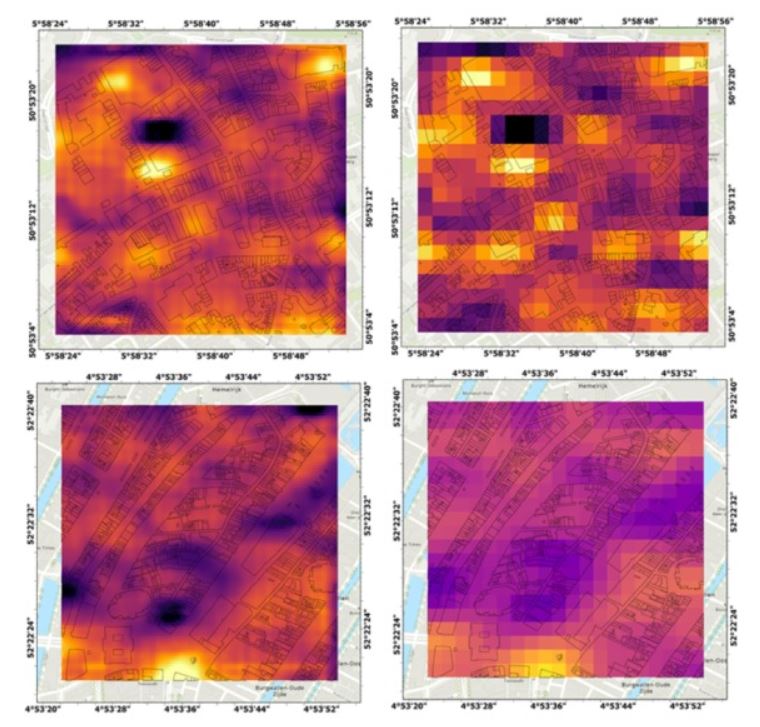Shutdowns are lifted in China and South Korea, allowing battery supply chains to ramp back up while rivals in Europe and North America are in lockdown. Electric vehicle sales stayed strong through February, according to Wood Mackenzie, and China’s labour force is returning, expected to be at 70% in March and over 90% in April.
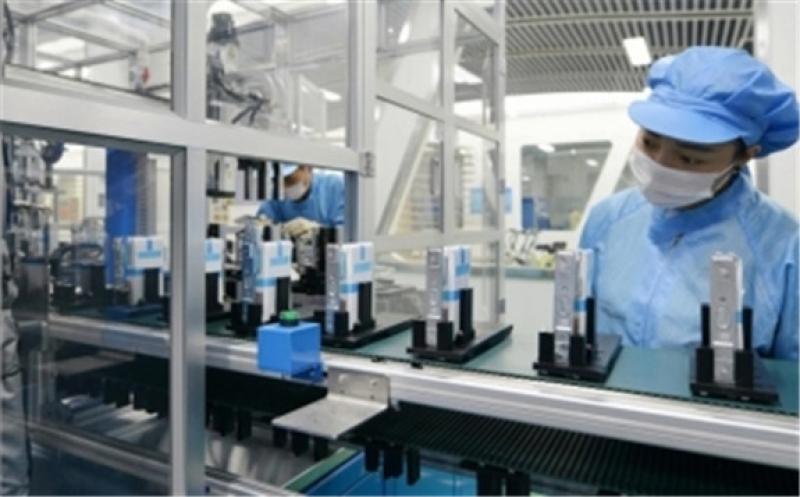
However, shutdowns in Asia are not over, as the Philippines, Malaysia, India and Thailand just announced more lockdown measures that will impact on domestic energy demand as well as global technology supply chains.
In the US, ports are likely to remain open and site construction could continue but impacts from smaller bill-of-materials equipment and project permitting delays. The time-lag in the coronavirus pandemic and Asia’s early recovery ultimately could give e-car makers in Japan, Korea and China a competitive edge over rival manufacturers elsewhere.
Already today, the Asia Pacific region has the largest share of battery electric vehicle (EV) sales worldwide and sees the highest growth in terms of EV sales, topping 979,000 units in 2019.
In a survey among Southeast Asian consumers, respondents stated that the most motivating and important factors to buy an electric vehicles include better safety standards and the availability of (fast) charging points. In China, the number of publicly accessible fast chargers for electric vehicles now tops 111,000 units while in South Korea, the number of charging stations will reach about 90 thousand by the end of 2020.
Use of e-cars helps reduce air pollution, which is especially relevant in megacities of China and India, where the animal level of particulate matter tops 145 micrograms per cubic meter in Delhi and 75 microgram per cbm in Beijing.
